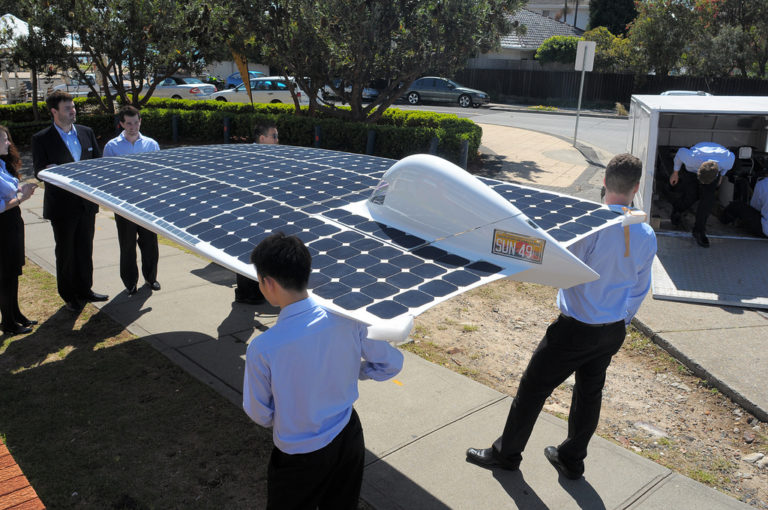People often wonder where I get new team members from and how it seems to happen so quickly and...
Startup company
The following guest post is by David Drake, founder and chairman of LDJ Capital, a New York...
Inna Efimchik is a Partner at White Summers Caffee & James LLP a Silicon Valley & San Francisco based Law...
Andy Tompkins and Bryan Vadas are the founders of the iPledg.com Crowdfunding platform. iPledg is serious about helping the Tech and Startup...
This is the second article in a series of articles from entrepreneurs that have been through Incubate, the...




